The compounds which have same molecular formula but differ in the relative spatial arrangement of atoms or groups in space are known as geometrical isomers and the phenomenon is known as geometrical isomerism. The isomer in which same groups or atoms are on the same side of the double bond is known as cis form and the isomer in which same groups or atoms are on the opposite side is called trans-isomer.
E.g.
1) Two different spatial arrangements of methyl groups about a double bond in 2-butene give rise to the following geometrical isomers.
i.e., cis-2-butene and trans-2-butene
Above two forms are not interconvertible due to restricted rotation of double bond.
In the cis isomer, the two methyl groups are arranged on the same side of a double bond. Whereas in the trans isomer, they are on the opposite side.
(1) Conditions for geometrical isomerism: Compound will show geometrical isomerism if it fulfills the following two conditions
(i) There should be frozen rotation about two adjacent atoms in the molecule.
(a) frozen rotation about carbon, carbon double bond in alkenes.
(b) frozen rotation about carbon, carbon single bond in cycloalkanes.
(ii) Both substituents on each carbon should be different about which rotation is frozen.
If these two conditions are fulfilled, then compound will show geometrical isomerism.
The cis-isomer of a compound has higher boiling point due to higher polarity, higher density and higher refractive index than the corresponding trans-isomer (Auwers-skita rule).
The trans-isomer has higher melting point than the cis-isomer due to symmetrical nature and more close packing of the trans-isomer.
Stability : Trans-isomer is more stable than cis-isomer due to symmetrical structure.
Terminal alkenes such as propene, 1-butene and 2-methyl propene do not show geometrical isomerism.
Cis-trans isomers are configurational isomers but not mirror images, hence cis and trans isomers are always diastereomers.
Non-terminal alkenes with the same atoms or groups either on one or both the carbon atoms of the double bond such as 2-methyl-2-butene, 2,3-dimethyl -2- butene etc. do not show geometrical isomerism.
Watch the lecture and understand Geometrical Isomerism in details with full confidence.
We hope you will enjoy it.
Please Like and Subscribe for more such videos.
————————————————————————————————–
Watch our other videos
Hyperconjugation in Organic Chemistry
https://www.youtube.com/watch?v=tE5Sr…
———————————————————————————————–
Back Bonding in Chemistry (Detailed Theory)
https://www.youtube.com/watch?v=aoe5g…
———————————————————————————————-
Supertrick to find bond order (Part -1)
https://www.youtube.com/watch?v=Oqf2m…
————————————————————————————————
Inert Pair effect in p-block chemistry
https://www.youtube.com/watch?v=yQLZn…
————————————————————————————————
Tricks to understand basicity of Amines
https://www.youtube.com/watch?v=fHty9…
————————————————————————————————
Drago rule in Chemical Bonding
https://www.youtube.com/watch?v=pAQvj…
————————————————————————————————
Bent’s Rule in Chemical Bonding
https://www.youtube.com/watch?v=6PNGl…
———————————————————————————————————-
Tautomerism in organic chemistry
Thanks
Team
IITian explains
source













![CY_GATE_2019_PHYSICAL_SPECTROSCOPY_[ELECTRONIC_BASIC]_All IN ONE_[Short_Trick]_2018-19_PART_1ST - Videos](https://trends.edugorilla.com/wp-content/uploads/sites/8/2018/08/cy_gate_2019_physical_spectroscopy_electronic_basic_all-in-one_short_trick_2018-19_part_1st-218x150.jpg)



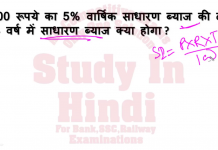


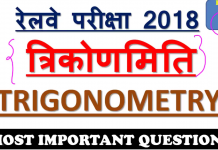

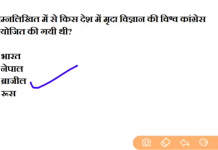






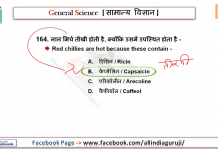


![24 August 2018 – The Indian Express Newspaper Analysis हिंदी में – [UPSC/SSC/IBPS] Current affairs - Videos](https://trends.edugorilla.com/wp-content/uploads/sites/8/2018/08/a520-218x150.png)
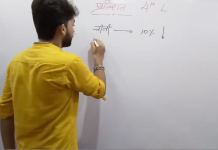



nice?
Sir plz explain all types of symmetries ?
Thanks and love u sir
Now upload stereoisomerism sir
Thanks Sir Explained Well
Sir please p block pe videos banao
Please explain about structural isomerism for neet or jee mains level.
Good lecture sir
Nice sir